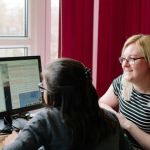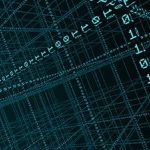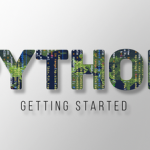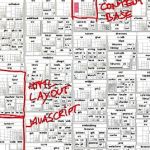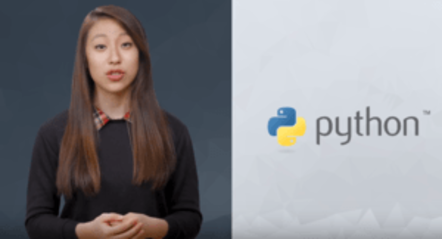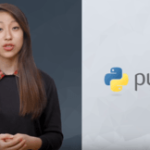
Introduction to Python Programming
Summary
In this course, you'll learn the fundamentals of the Python programming language, along with programming best practices. You’ll learn to represent and store data using Python data types and variables, and use conditionals and loops to control the flow of your programs. You’ll harness the power of complex data structures like lists, sets, dictionaries, and tuples to store collections of related data. You’ll define and document your own custom functions, write scripts, and handle errors. Lastly, you’ll learn to find and use modules in the Python Standard Library and other third-party libraries.
Expected Learning
Python is a powerful programming language used in a variety of professions, ranging from data science to web development. It's in the top 10 for "Most Popular" and "Most Loved" technologies (according to StackOverflow's 2016 Developer Survey), making it a relatively friendly language for beginners. Learning Python will enable you to program pretty much anything.
Syllabus
Lesson 1: Why Python Programming
- Receive an overview of what you’ll be learning and doing in the course
- Understand why you should learn programming with Python
Lesson 2: Data Types and Operators
- Represent data using Python's data types: integers, floats, booleans, strings, lists, tuples, sets, dictionaries, compound data structures
- Perform computations and create logical statements using Python’s operators: Arithmetic, Assignment, Comparison, Logical, Membership, Identity
- Declare, assign, and reassign values using Python variables
- Modify values using built-in functions and methods
- Practice whitespace and style guidelines
Lesson 3: Control Flow
- Write conditional expressions using if statements and boolean expressions to add decision making to your Python programs
- Use for and while loops along with useful built-in functions to iterate over and manipulate lists, sets, and dictionaries
- Skip iterations in loops using break and continue
- Condense for loops to create lists efficiently with list comprehensions
Lesson 4: Functions
- Define your own custom functions
- Create and reference variables using the appropriate scope
- Add documentation to functions using docstrings
- Define lambda expressions to quickly create anonymous functions
- Use iterators and generators to create streams of data
Lesson 5: Scripting
- Install Python 3 and set up your programming environment
- Run and edit python scripts
- Interact with raw input from users
- Identify and handle errors and exceptions in your code
- Open, read, and write to files
- Find and use modules in Python Standard Library and third-party libraries
- Experiment in the terminal using a Python Interpreter
Required Knowledge
This course is ideal for students who are new to Python, but have some experience programming in another language. If you're a complete beginner to programming, we recommend checking out the Learn to Code program, which will help you skill up in understanding how code is used all over the web.
